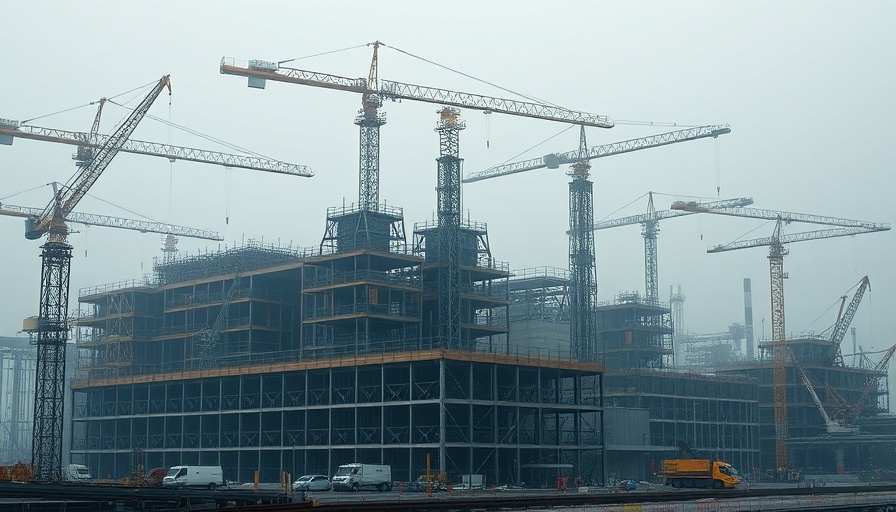
Natural Gas: Powering the AI Revolution
As the demand for electricity surges, driven by tech companies racing to establish dominance in artificial intelligence, the landscape of U.S. power generation is shifting dramatically. Utilities are increasingly looking towards natural gas as a reliable energy source, marking a reversal in the anticipated transition to renewable energy. Projects like Duke Energy's new 1,400-megawatt plant in North Carolina signal a major pivot that has left many environmental advocates concerned about climate goals.
Why the Shift Towards Natural Gas?
According to projections by Enverus, the next five years could see the addition of 46 gigawatts of gas-fired power, exceeding the previous five-year total of 39 gigawatts. This spike in natural gas utilization is capturing the attention of utilities and investors alike, highlighting gas's role as a cheaper and more reliable alternative amidst a booming energy demand.
Challenges Facing Climate Commitments
This trend towards natural gas raises red flags for climate activists. As the electric power sector is one of the top contributors to greenhouse gas emissions, building new gas plants threatens the progress towards achieving net-zero emissions by 2050. John Quigley, a senior fellow at the University of Pennsylvania’s Kleinman Center, warns that without a substantial reduction in the existing fleet of gas plants, climate commitments will remain elusive.
The Tech Sector's Influence on Energy Policies
The digital and AI industries are reshaping energy policies as they expand their power needs at unprecedented rates. Companies like Meta and Google are actively engaging in discussions about new energy initiatives, but the prevailing reliance on natural gas complicates these efforts. While some firms are also investing in solar and wind projects, the swift demand for energy often leads them back to the familiar comfort of gas.
Looking Ahead: What Does This Mean for the Future?
The onus now lies on industry leaders and policymakers to negotiate between immediate energy needs and long-term climate objectives. Innovative solutions such as carbon-capture technologies and blending natural gas with hydrogen may provide a balanced approach to mitigating emissions while satisfying energy demand.
As communities across the U.S. navigate this complex energy landscape, awareness and advocacy will play crucial roles in shaping a sustainable and resilient future. Engaging in conversations about clean energy initiatives and remaining informed about local developments can empower residents to influence positive change in their neighborhoods.
 Add Row
Add Row  Add
Add 


Write A Comment